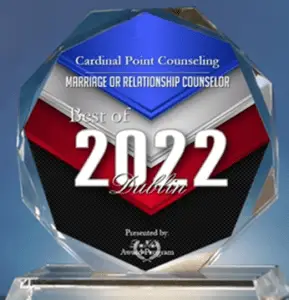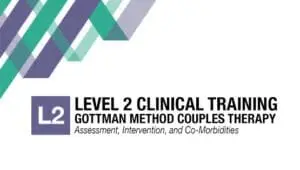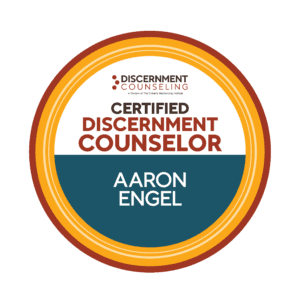Have you ever felt like you’re constantly chasing after your partner’s affection, only to be met with withdrawal or emotional distance? Or maybe you’re the one who craves space, feeling suffocated by your partner’s need for closeness? If so, you might be caught in the pursuer-distancer cycle, a common dynamic that can leave both partners feeling frustrated, lonely, and misunderstood. Dealing with this cycle is part of Emotionally Focused Therapy (EFT)
Understanding the Dance:
This cycle typically involves two roles:
- The Pursuer: Driven by a fear of abandonment, they crave intimacy and seek reassurance through constant communication, attention, and affection. Their efforts often escalate as their partner pulls away, leading to criticism, clinginess, or anger.
- The Distancer: Feeling overwhelmed by emotional closeness, they withdraw to protect themselves, seeking space and independence. This withdrawal can be physical or emotional, leaving the pursuer feeling rejected and insecure.
The Painful Cycle:
The pursuer’s attempts to get closer push the distancer further away, while the distancer’s withdrawal intensifies the pursuer’s need for connection. This creates a painful cycle that feeds on itself, leaving both partners feeling hurt, unheard, and emotionally disconnected.
Breaking the Pattern:
The good news is, there are ways to break free from this cycle and build a healthier, more fulfilling relationship. Here are some tips:
For the Pursuer:
- Recognize your own needs: Are you seeking validation or intimacy because you lack it within yourself? Focus on building self-confidence and emotional security.
- Communicate effectively: Express your needs calmly and assertively, without blame or accusation.
- Respect boundaries: Give your partner space without taking it personally.
For the Distancer:
- Acknowledge your fears: What makes you uncomfortable with intimacy? Understanding your triggers can help you address them.
- Practice open communication: Share your feelings honestly and directly, even if they’re uncomfortable.
- Meet your partner halfway: Show affection and offer reassurance in ways that feel comfortable for you.
For Both:
- Seek professional help: If you’re struggling to break the cycle on your own, consider couples therapy. A therapist can provide guidance and support in developing healthier communication and conflict-resolution skills.
- Focus on individual growth: Work on understanding your attachment styles and emotional needs. This self-awareness will empower you to build healthier relationships overall.
Remember, overcoming the pursuer-distancer cycle takes time and effort. Be patient, compassionate, and willing to learn and grow together. With dedication and open communication, you can break free from this unhealthy pattern and build a stronger, more connected relationship.
I hope this blog provides a helpful starting point for understanding and breaking free from the pursuer-distancer cycle. Remember, you’re not alone in this journey!







